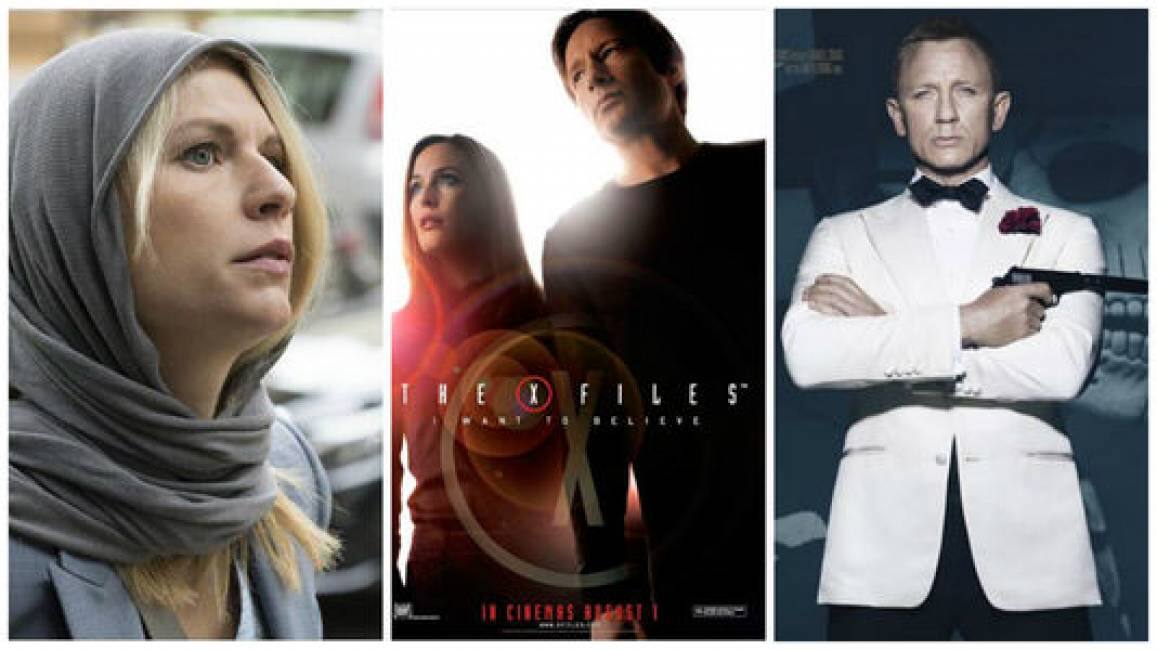

But few films, Chapman contends, probe into the deeper ramifications of warâthe psychological scars left on the soldier and civilians. In case studies of such legendary works as Das Boot, Apocalypse Now, and All Quiet on the Western Front, the book parses their dominant narrative themes, ranging from war as a pointless tragedy to combat as an exciting and heroic adventure. S., Britain, and Europe, and the national responses to cinematic depictions of particular conflicts. documentaries or Hollywood battle scenes that are âmore realistic than the real thing.â The book considers films from the U. Chapman examines the issues of truthfulness and realism that arise in depictions of war, whether in the supposed truth telling of war. In War and Film, Chapman explores their fascination as well as audiencesâ enduring need to examine and experience the vicissitudes of war. That the censors mangled Totò e Carolina, they did not entirely eliminate its attack on hypocrisy and prejudice or prevent the film from setting the stage for the bitter comedies of the commedia all'italiana/Italian style comedy associated with the economic boom that began towards theįrom the onset of the film medium, directors have found war an endlessly compelling and fruitful subject for their art. This study closelyĬonsiders the case of Totò e Carolina/Totò and Carolina (Monicelli, 1955), one of the most heavily censored films in the history of Italian cinema, and the effects of modifications to the film on the social criticism in the version approved for public screening. the development of Italian comedy by limiting the extent to which film-makers could reference pressing social issues or satirize Italian institutions. The Catholic Church expressly discouraged the production of neo-realist films, restrictions on film content also hindered. Although key figures in the Christian Democrat administration and This article explores the relationship between censorship and comic cinema in Italy in the late 1940s and 1950s through Mario Monicelli's films starring the legendary Neapolitan actor Antonio De Curtis (Totò). In critical discourses on Hong Kong cinema, a neglect that the present article seeks to remedy. This dissident strain has generally been neglected In effect it broke the mould, by introducing a strongly dissident and sceptical strain among documentarians vis-à-vis relations with the China Mainland. Over twenty years ago proved a watershed in Hong Kong's documentary film-making. As I will argue, the Tiananmen massacre or 'incident' that occurred Following recent research on Hong Kong documentary film history, it is clear that much of the Territory'sĭocumentary history reveals two major stimuli to its documentary film-making: namely government authorisation and patronage and, on the other hand, patriotic concern for the mainland on the part of independent film-makers. contribution to the city's political, social and cultural discourse. Process, it is unsurprising that Hong Kong documentary makers have made a significant though largely under-estimated. In view of the city's almost clichéd East-West hybrid identity, its fluctuating fortunes and its current political transition

This article will explore how voices of dissent are articulated within a highly marginalised but vibrantly independent Hong Kong documentary film practice. The author concludes by stating that contemporary animation does not discriminate against women at all. in animated films women had to struggle for the right to comedy as an artistic choice as well because the prejudice related to female sense of humor was extremely strong. What is particularly interesting is the influence of British documentary tradition (along the lines of John Grierson) which blended with animated film and other visual arts traditions. Non-British authors are mentioned as well, such as Monique Renault. Special attention is dedicated to Alison De Vere and Joanna Quinn. Alison Snowden, Karen Watsons and Gillian Lacey. or rather the authors such as Caroline Leaf, Angela Martin. to Marjut Rimminen and the influence of the Channel Four production (producer C. starting with Helen Smith Dayton, Lotta Reineger and Mary Ellen Bute. The paper also follows the history of female presence in animated film and the history of female topics' affirmation in this medium. Among a number of social issues tackled primarily in British and Canadian films, the field of gender inequality and the position of women in the society came to the foreground. This was the reason for a whole group of new female and male authors to emerge and to tackle pressing social issues, including animated cinema as a new, alternative medium for public debate. for example, the Zagreb School started to feel outdated. In the animated film of the 1970s and later, the modernist poetics of.


 0 kommentar(er)
0 kommentar(er)
